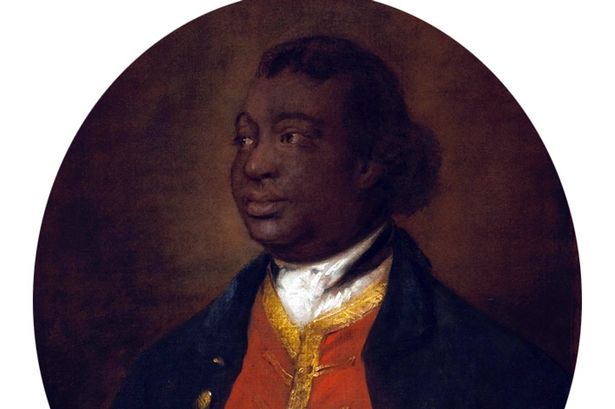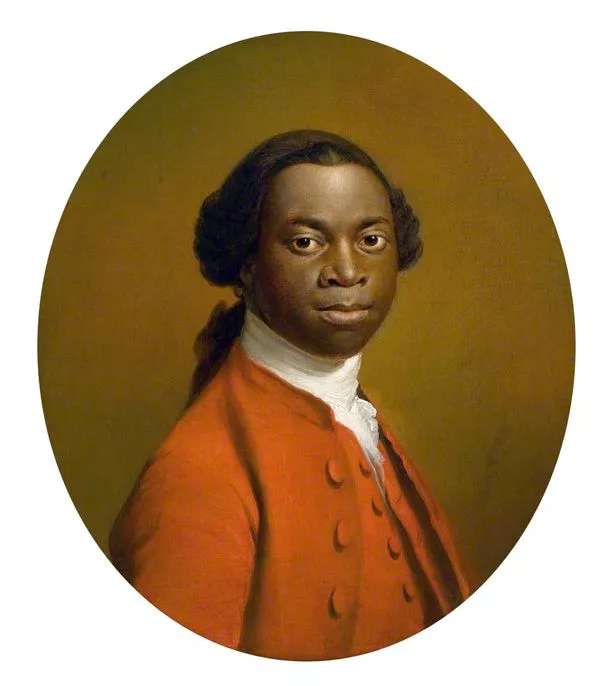The Greenwich-based composer did a lot with his life Sancho is remembered for his work as an abolitionist, writer and composer(Image: Universal History Archive, Universal History Archive/Universal Images Group via Getty Images)
Sancho is remembered for his work as an abolitionist, writer and composer(Image: Universal History Archive, Universal History Archive/Universal Images Group via Getty Images)
Ignatius Sancho’s life story is truly extraordinary, spanning half the globe and boasting numerous accomplishments. Born into slavery on a ship crossing the Atlantic in 1729, Charles Ignatius Sancho spent his early years in the Spanish colony of New Granada, now modern-day Colombia, Ecuador, Panama and Venezuela.
Tragically orphaned during this time, at just two years old he was taken by his owner to Greenwich, England, where he was given as a slave to three sisters. Whilst enslaved in Greenwich, he was befriended by John Montagu, the second Duke of Montagu, who often visited the sisters. The Duke taught young Sancho to read and lent him books from his own library.
After enduring eighteen years of enslavement, Sancho escaped in 1749 at the age of 20, seeking refuge with the Duke of Montagu near Greenwich Park. Welcomed by the Duke, Sancho became a servant, working as a butler for the Duke’s wife, Mary, Duchess of Montagu. In his free time, he studied music, poetry, reading and writing intensely.
 This painting by an unknown artist is believed to be of Ignatius Sancho(Image: Universal History Archive, Universal History Archive/Universal Images Group via Getty Images)
This painting by an unknown artist is believed to be of Ignatius Sancho(Image: Universal History Archive, Universal History Archive/Universal Images Group via Getty Images)
When the Duchess passed away in 1751, Sancho received an annuity of £30 (equivalent to about £7,000 in 2020) and a year’s salary, and began to establish himself as a refined man of letters.
The debate over slavery reached its peak during the 1760s, with the question of whether or not to abolish the slave trade dominating discussions in Parliament and intellectual circles across the nation. In 1766, Sancho penned a letter to the renowned novelist Laurence Sterne, urging him to advocate for the abolition of the slave trade.
Sancho’s correspondence with Sterne was subsequently published, solidifying his reputation as an intellectual activist.
In 1774, with the assistance of his patron, the Duke of Montagu, Sancho established a grocery shop in Mayfair where he sold tobacco, sugar and tea. Owning the grocery shop and its accompanying house not only allowed Sancho to achieve financial independence, but also brought other benefits, most notably qualifying him to vote in general elections.
Under the laws of that time, only financially independent men who owned property were eligible to vote, a privilege Sancho was able to utilise. Sancho cast his vote in the 1774 and 1780 general elections, making him the first known person of African descent to have voted in Britain.
In addition to his roles as a butler and shop owner, Sancho had a passion for music and managed to compose numerous pieces himself. There are 62 known compositions by Sancho, primarily consisting of dances.
Throughout his life, Sancho made many notable acquaintances, including legendary Shakespearean actor David Garrick and celebrated artist Thomas Gainsborough, who painted his portrait in 1768.
In 1758, Sancho wed Anne Osbourne, and together they had seven children – two sons and five daughters. He was a dedicated husband and father until his death on 14 December 1780, at the age of either 50 or 51, after enduring gout for more than six years.
He was laid to rest in the churchyard of St Margaret’s, Westminster, within the grounds of Westminster Abbey, and is recognised as the first person of African descent to receive an obituary in the British press.
Looking for more from MyLondon? Subscribe to our daily newsletters here for the latest and greatest updates from across London.
